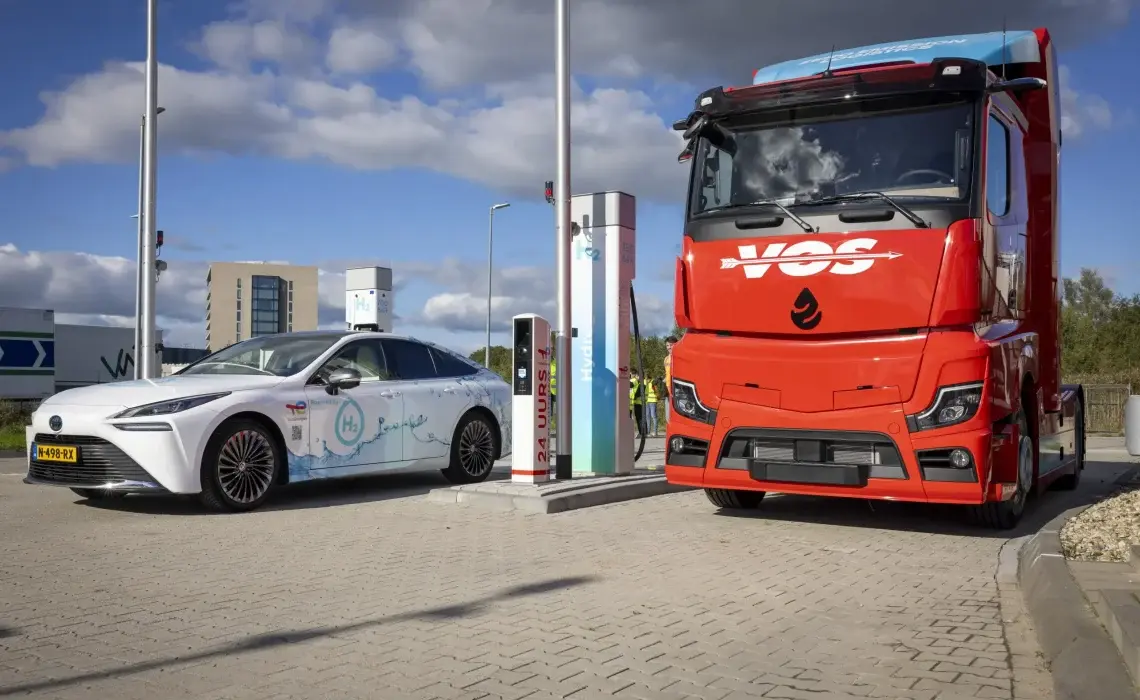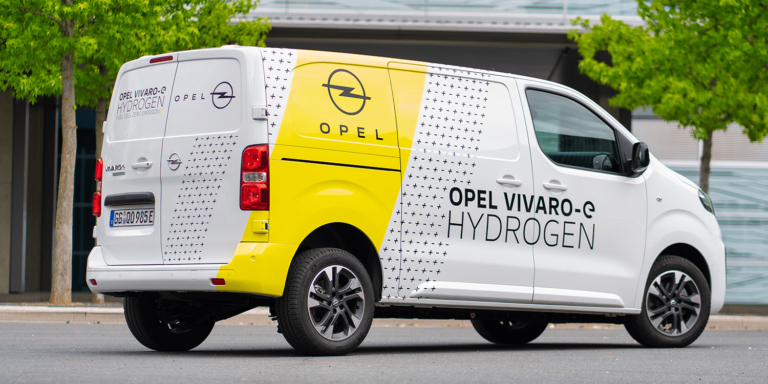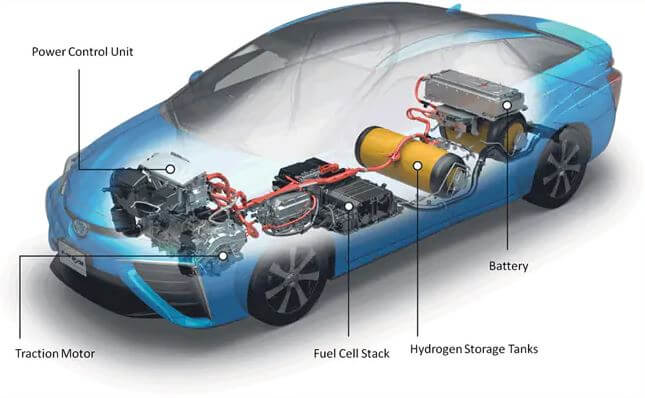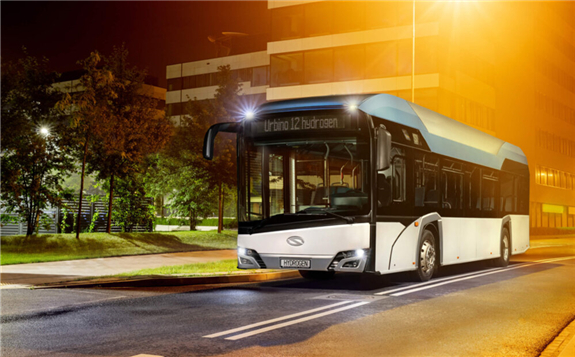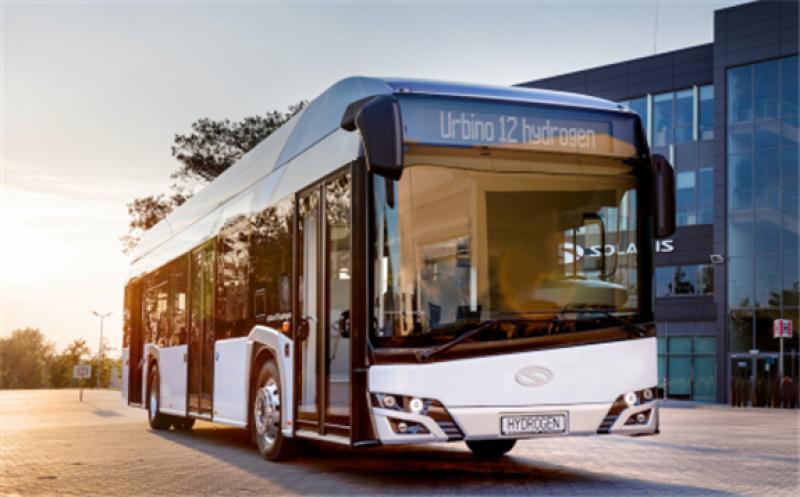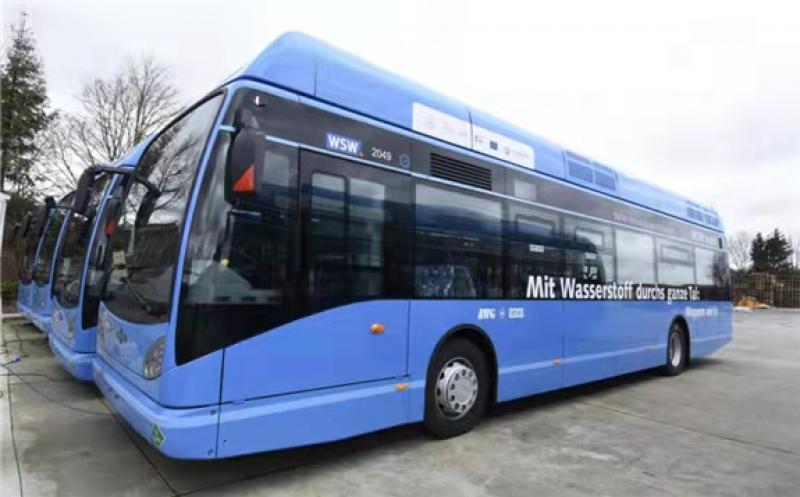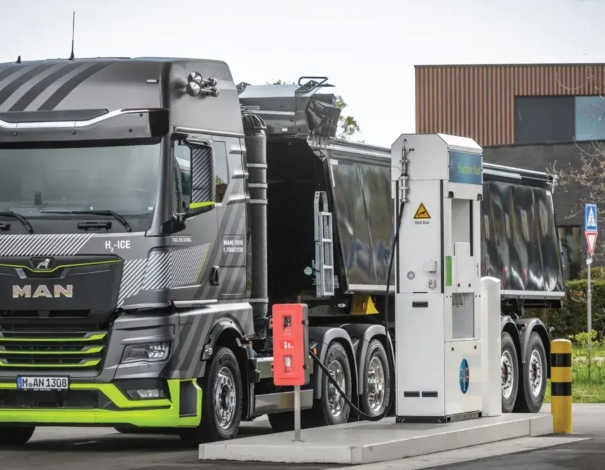
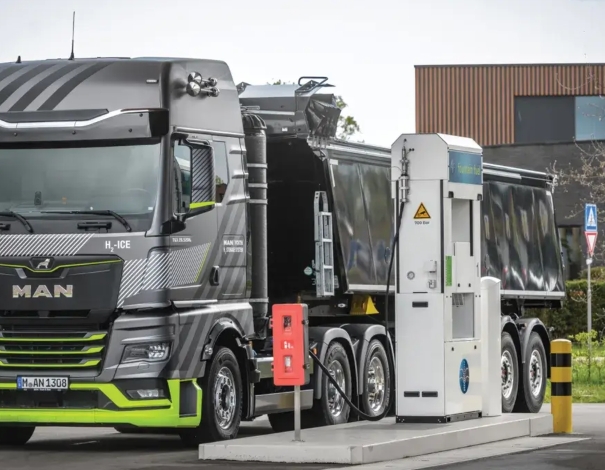
Man ICE Refueling
By the end of 2027, more hydrogen filling stations will be added in the Netherlands. There will also be an additional 192 heavy vehicles, 10 passenger vans and 9 small hydrogen delivery vans. This is thanks to the Hydrogen in Mobility (SWIM) subsidy scheme. A total of 9 partnerships will receive subsidies. SWIM's budget was increased by €6 million at the beginning of December.
Increase SWIM budget
SWIM opened on July 15 and closed on September 6 this year. The budget increase - early December - allows projects such as hydrogen filling stations in Nijmegen and Venlo to start. Three filling stations are also being expanded. And the Netherlands Enterprise Agency (RVO) was able to approve 9 of the 12 applications.
Zero-emission driving on hydrogen
Hydrogen is an emission-free (zero-emission) technology for traffic. In the Netherlands, driving on hydrogen is an alternative to electric transport. Certainly when electric driving is less interesting. For example, in the case of grid congestion or when longer distances have to be driven. Or when there is little time to charge in between. A hydrogen bus can also offer a solution for wheelchair buses that are too heavy for batteries.
New subsidy available in 2025
The subsidy scheme is for entrepreneurs who invest in hydrogen in a partnership. The partnership (consortium) must consist of at least one operator of a hydrogen filling station and at least one company that is active as a transporter. A maximum of €7 million can be distributed per project. In 2025, entrepreneurs can apply for SWIM subsidy again. €40 million will then be available. The scheme opens on 1 April and closes on 7 May 2025.
National network of hydrogen filling stations
SWiM contributes to the obligation to have a hydrogen filling station in every urban node by 2030. There are currently 23 public hydrogen filling stations. A number of these are suitable for heavy road transport. Since 13 April 2024, European countries have been obliged to stimulate infrastructure and transport for alternative fuels.
This subsidy scheme is part of the Temporary subsidy scheme for zero-emission mobility.
